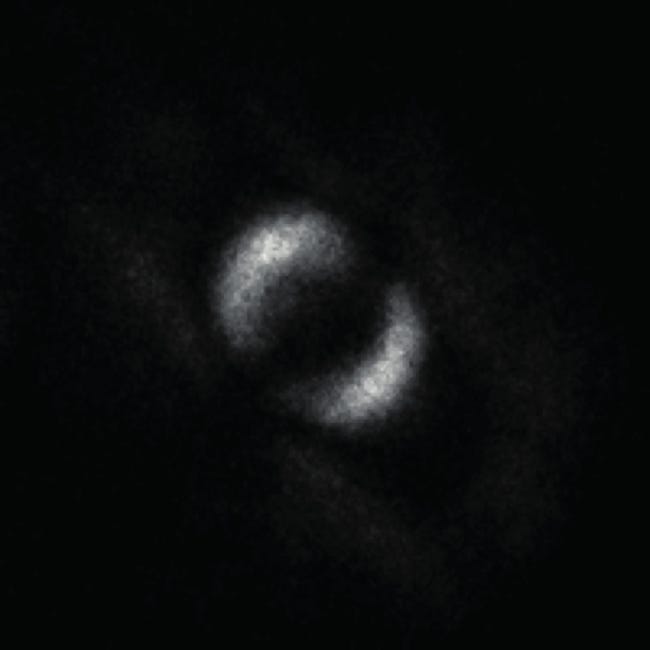More Than One Reality: Insights from Quantum Physics
Written on
Understanding Quantum Realities
Recent experiments in quantum physics have revealed the astonishing possibility that two individuals witnessing the same event can perceive entirely different outcomes, and both interpretations can be valid. This concept, once relegated to theoretical discussions, was practically demonstrated by physicists at Heriot-Watt University through a recreation of Wigner’s Friend thought experiment.
Wigner's Friend Experiment
The thought experiment, introduced by physicist Eugene Wigner in 1961, suggests that a quantum measurement necessitates a conscious observer, implying that reality is contingent upon observation. Wigner, a Nobel laureate, designed an experiment that illustrates a lesser-known paradox of quantum mechanics: two observers can perceive different realities. His approach rendered quantum physics more subjective than the interpretations offered by John von Neumann or Erwin Schrödinger in relation to the famous Cat Paradox.
To grasp Wigner's thought experiment, consider a photon (a particle of light). According to Wigner, when a solitary observer in a controlled environment measures the photon, they will determine its polarization—either vertical or horizontal. Before this measurement, however, the photon exists in a superposition of states, embodying all potential outcomes simultaneously.
To visualize this, picture a painting in a sealed room that can either be white (indicating a vertical spin) or black (indicating a horizontal spin). Until someone observes the painting, it is both black and white concurrently. Once the observer measures the photon, it adopts a definitive polarization. Yet, an external observer unaware of the outcome will still regard the unmeasured photon as existing in superposition. Thus, their realities diverge, but neither perspective is incorrect from the standpoint of quantum mechanics.
In simpler terms, if John enters the room and observes the painting as white, his friend Chris, unaware of this, still perceives the painting as both colors simultaneously. This leads to differing realities for each observer.
Wigner's inquiry essentially probes whether an objective reality exists.
Experiments Testing Altered Reality
Wigner’s Friend remained a theoretical consideration for decades, but significant advancements in physics have enabled its practical testing. In February 2019, a team led by Massimiliano Proietti at Heriot-Watt University executed an experiment entangling six photons, substantiating Wigner's hypothesis that quantum reality varies based on the observer.
The researchers conducted a more intricate version of the experiment involving two laboratories, each with entangled photon pairs. Quantum entanglement occurs when two particles become interconnected, such that the state of one influences the other instantaneously, irrespective of distance—a phenomenon Albert Einstein famously termed "spooky action at a distance." This principle is as close as current science gets to the teleportation seen in science fiction.

The Heriot-Watt team used real photons, while the characters—Alice, Bob, and their friends—symbolized the experiment's observers. Each friend measured a photon from an entangled pair, collapsing the superposition and establishing a definite state of polarization. These results were recorded in quantum memory for Alice and Bob to review.
Alice and Bob faced two options: they could either analyze the results stored in quantum memory or conduct their own experiments with the entangled photons. The interference experiment showed that if the photons behaved as waves, maintaining superposition, observers would witness distinct patterns of light and dark fringes. Conversely, if the particles were polarized, observers would see different results.
The study concluded that even in this dual scenario, Wigner's assertions held true. Alice and Bob, along with their friends, could arrive at differing yet valid conclusions about the photons, raising profound questions about the nature of reality. The idea that observers can harmonize their measurements relies on underlying assumptions, the most significant being the existence of universal facts that all observers can agree on.
However, the study's findings suggest that such an objective reality may not exist, implying that one or more of these assumptions must be flawed. Alternatively, it could indicate the presence of overlooked loopholes.
Nonetheless, the implications of this research are significant for scientific inquiry. Researchers noted, "The scientific method relies on universally acknowledged facts established through repeated measurements," yet their findings challenge this principle.
The future of this research points towards increasingly complex experiments that may reveal even stranger alternate realities. The ultimate outcome remains uncertain, but it is clear that Wigner and his friend are unlikely to be surprised by what lies ahead.
The first video, Does Quantum Mechanics Imply Multiple Universes?, explores the implications of quantum mechanics and the potential existence of parallel realities.
The second video, Sean Carroll on Physics, the Multiverse, and Quantum Mechanics | Closer To Truth Chats, discusses the intersection of quantum mechanics and the concept of the multiverse.